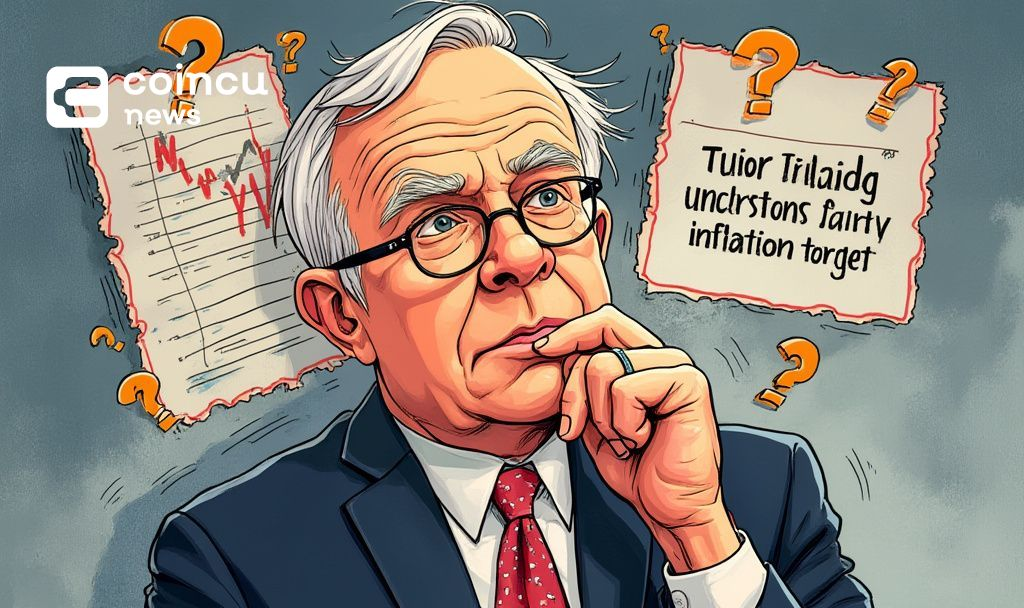- Boston Fed’s Rosengren signals caution in rate decisions amid tariff uncertainty.
- Inflation target delay suggested until 2027.
- Economy growth forecast above 1%, though less than previous rates.

Boston Federal Reserve President Eric Rosengren stated on April 15 that U.S. economic uncertainty due to tariffs necessitates caution in Federal Reserve interest rate decisions.
This matters as economic growth factors and policy considerations may influence market and public confidence, potentially affecting inflation and GDP growth rates.
Rosengren Highlights Tariff Concerns in Fed Policy
Eric Rosengren addressed U.S. economic hold-ups on April 15, citing uncertainties from tariffs. He suggested that the Federal Reserve maintain a cautious approach until a clearer economic picture emerges. Rosengren’s remarks underscore a preference for patience and careful policy deliberation in uncertain times. “Uncertainty surrounding tariffs and other policies has plunged the U.S. economy into stagnation, which necessitates a cautious Federal Reserve policy until we have more clarity.” – Eric Rosengren, Boston Federal Reserve.
Inflation maintenance implications arise as Rosengren highlighted potential delays in reaching the Fed’s 2% inflation goal, possibly extending to 2027. Economic projections included modest GDP growth, suggesting rates exceeding 1% annual growth, yet less robust than past performance levels.
Market reactions reflect ongoing concern, with stakeholders responding to Rosengren’s caution. His statement emphasized waiting for comprehensive economic clarity, indicative of hesitancy on near-term policy shifts. Rosengren’s past signals of prospective rate cuts remain unconfirmed amid current unpredictability.
Analysts Compare Current Tariff Impact to Historical Precedents
Did you know? During similar periods of economic uncertainty in the 2000s, central banks globally maintained lower interest rates to stimulate growth, delaying inflationary targets.
Economic analysts draw parallels to previous global economic slowdowns where tariffs and uncertain policy paths generated similar cautious stances among central banks. Historically, these measures align with defensive monetary policies, focusing on stability rather than aggressive rate changes. In light of Rosengren’s insights and historical parallels, experts emphasize the criticality of monitoring policy trajectories. Analyzing past economic data and trends may provide clarity for future policy decisions, amidst complex geopolitical conditions today.
Source: https://coincu.com/332195-federal-reserve-caution-tariff-uncertainty/